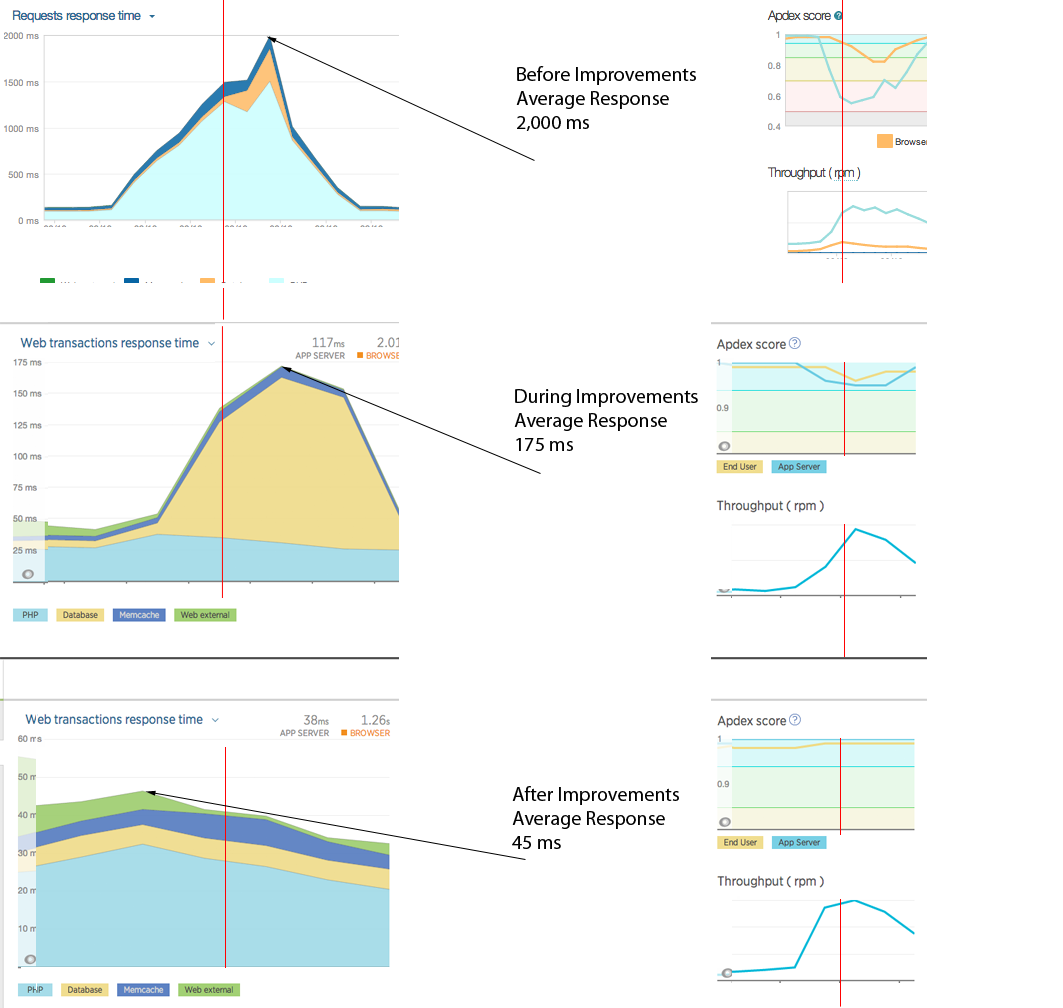In software development this is a simple question. What is [the purpose of] testing? If asked to give a one sentence answer what would you say? I have asked this simple question of attendees at many presentations, and also to software developers I have worked with or consulted to.
The most common answer is. “Testing is about making sure the software works, the function your testing does what it should, for example saves the information you entered”.
Unfortunately this is not the purpose of testing, and this attitude leads to what I generally term as poor quality software. “Testing is about trying to break your product any way possible, all the time.”
With this clarification in understanding of a basic and necessary software engineering principle, the attitude towards software development and the entire focus and mindset of engineering and quality assurance can change for the better.
Another very simple example which I often ask when consulting. What does your website look like when it’s down? Again, the general answer is often vague and/or incomplete. How do you know when your website is down? I have heard the response “The users will let you know”. You may laugh, but it is certainly not funny. Show me your website in a down state? Show me your website in a degraded state? When the answer is either unclear, or with a recent employment the same response, there has simply been little thought into producing a quality product by a testing process that is intent on breaking your software.
What procedures do you follow when receiving alerts about errors? What procedures do you put in place to ensure they do not happen again? Again, one has to be disappointed when the response is, “I will set up an email alert to the team for this type of error?” This reactive response is not addressing the problem, only acknowledging the existence of a problem. What is needed is being proactive. Was a bug raised? Can the problem be easily reproduced? How was the problem fixed the first time? Can this be corrected in the code? Can the interim resolution be automated?
When there is a negative user experience from any type of failure or error another important feedback loop is the post-mortem to review the when, why, how and who of the situation and to create a plan to ensure this does not happen again.
Testing needs to baked in to everything that is done, and practice makes for a more perfect outcome. In a high volume environment it is critical to have a simulated environment where you can benchmark performance of any new release for any regressions. A well defined load testing environment can be used to review experimental branches of possible performance improvements. It is also where you can determine the bottleneck and breaking point as you increase load 2X, 5X, 10X. It is impossible to be proactive when your system can fail at 2X load, and the engineering resources needed to implement a solution will not happen in time.
Disaster is inevitable. It will happen, whether small or large. Hardware and software inherently fails. How it fails and what is done to mitigate this to ensure the best possible consistent and rewarding consumer experience is only possible by consistently practicing to break your software at all stages in the development and deployment lifecycle.

















